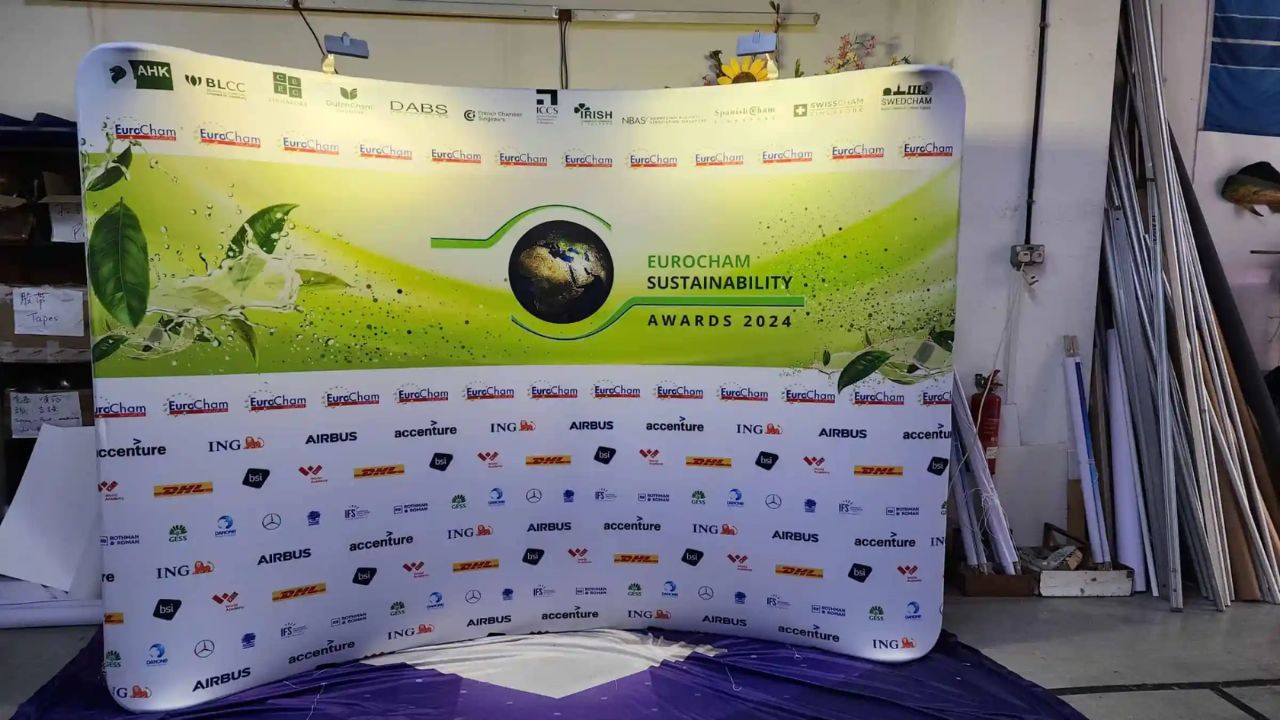Tension fabrics are the new additions to the contemporary displays of events, trade shows, exhibitions, and photo booths. Their smooth design, lightweight construction, and brightness of the print make them a favorite among event planners and companies who want to have a professional and long-lasting branding tool. Nevertheless, similar to any other event material, it is necessary to take proper care and maintenance so that such backdrops will maintain their rich look and functionality for a few years. Knowledge about how to manage, wash, store, and take care of a tension fabric backdrop could greatly increase the life span of the fabric and make it appear like new each time it is used.
Handling and Setup Care
The initial process to keep the tension fabric backdrop in place is initiated by the way the piece is treated when being set up, as well as dismantled. Despite the durability and stretchability of the material, it may wear unnecessarily or have small tears that run along the seams, as long as they are not treated properly. During the production of the backdrop, care should be taken to have the frame set on a smooth, clean surface so that no dirt or other objects can be transferred to the cloth. The graphic must be moved smoothly over the frame, just like a pillowcase, and not pulled. Pulling the fabric or the lap of the zipper may cause damage in the long run. When the event is over, the cloth must be taken off with care, not touching rough or sharp things that may cause snags. When all the setups are properly handled, the fabric will not lose its smoothness and tightness or form permanent wrinkles and areas of stretch.
Cleaning the Fabric Graphic
Among the largest benefits of tension fabric backdrops is the opportunity to wash and clean them. They must, however, be wiped with the help of a paper towel. It will assist in wiping the print that has been dye-sublimated. In terms of light contamination or small stains, it is possible to wipe down with a wet cloth and use a weak detergent. There is no need to use bleach and other rough cleaning agents that ruin or kill the cloth fibers. To clean further, it is possible to run the backdrop in a machine on a gentle cold cycle. Hot water is to be avoided as it can result in shrinkage or injury to the ink. After washing, the backdrop is supposed to be left to dry, or in a tumble dryer on low heat. The material may be affected by high temperature to make it stretchy and smooth. The fabric can even be put back on the frame while a little damp in order to help keep its shape, and it will stretch out to a wrinkle-free, smooth surface as it dries naturally.
Proper Storage between Events
Product life greatly depends on the method in which a tension fabric background is stored between uses. The cloth should then be washed and dried, and then put in the protective bag in which it was kept, and it can be stored in a soft storage case to prevent dust and light contact. This is to avoid the scratches or dents; the frame parts, which are usually made of aluminum, should be wiped and kept separately. The issue of dampness is a common occurrence during long-term storage procedures and especially in a moist climate; thus, it is preferable to store the background in an air-conditioned place. Should not place heavy items on a covered piece of fabric, which can produce compression or cause the material to be twisted. The user can just ensure that even after several months of non-use, the image in the background will be at the ready to be used as soon as the storage is completed, with a few simple precautions being taken during storage.
Ensuring Longevity Through Regular Inspection
Routine inspection will be the most appropriate way of maintaining the backdrop in good condition. Frame and fabric should be checked prior to each event to make sure that the frame and the fabric are not loose, not stained or when the frame is not misaligned. The reason behind this is that small problems need to be resolved first before they evolve into serious problems later on. In case of a zipper snarl-up or a seam beginning to unstitch, an expert can stitch or sew it up again and restore it to a preferred form without a replacement being required. A cleaning and use list also helps in tracking the wear and tear with time; hence, the background remains presentable at all times during the events.
Conclusion
The backdrop made of tension fabric needs maintenance and care in order to make sure that the colors are bright, smooth to the fabric, and the structure is not ruined. The user can optimize their life and appearance by handling it gently during the establishment, cleaning it by using the appropriate tools, and having proper storage between events. Avoiding damage by using it with care and carrying out routine check-ups will help in maintaining the backdrop as a stable and professional display solution. Tension fabric backdrop can be used to promote branding and event portrayal for many years with the same sophistication and quality it had when it was first used.

